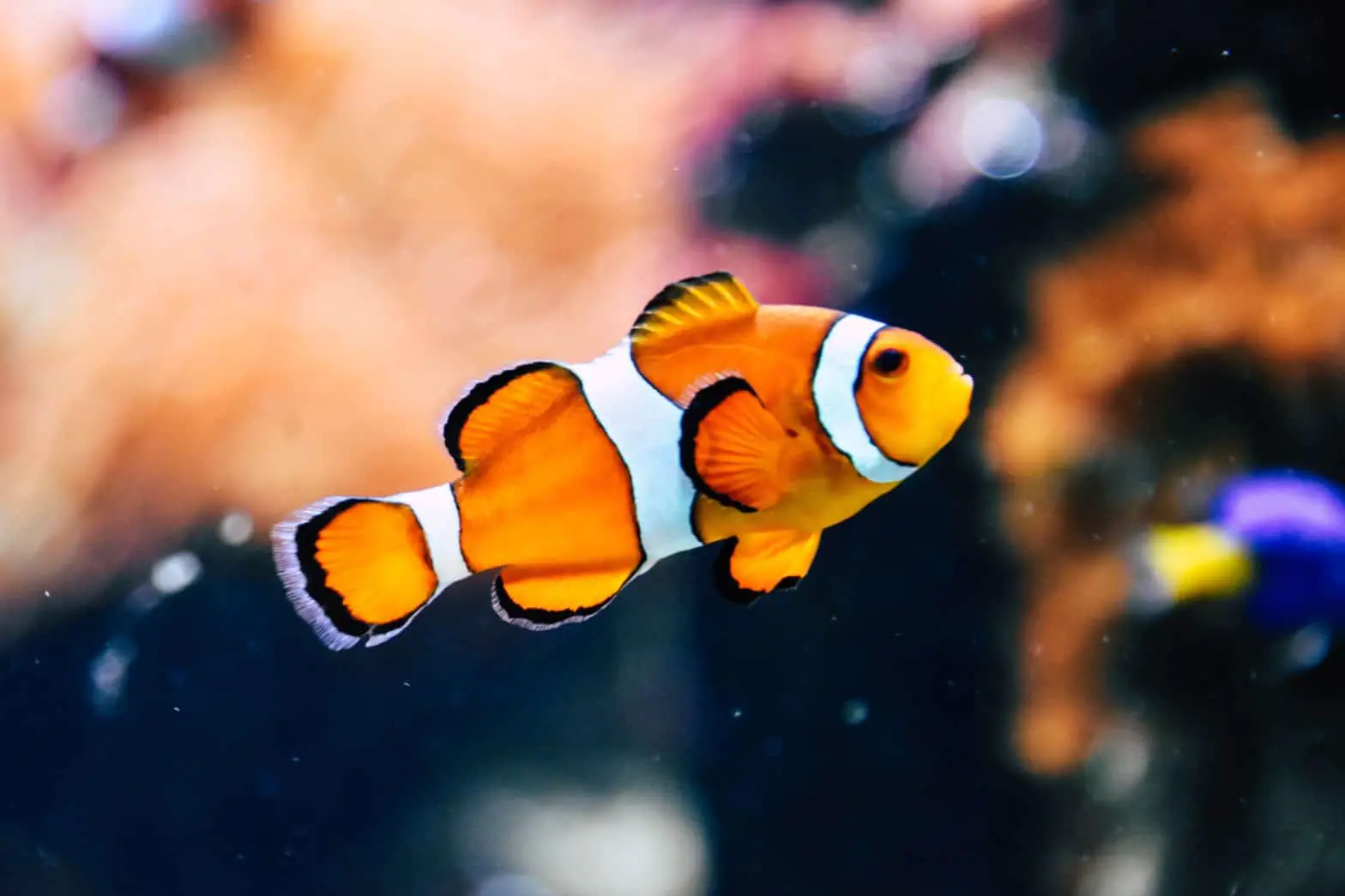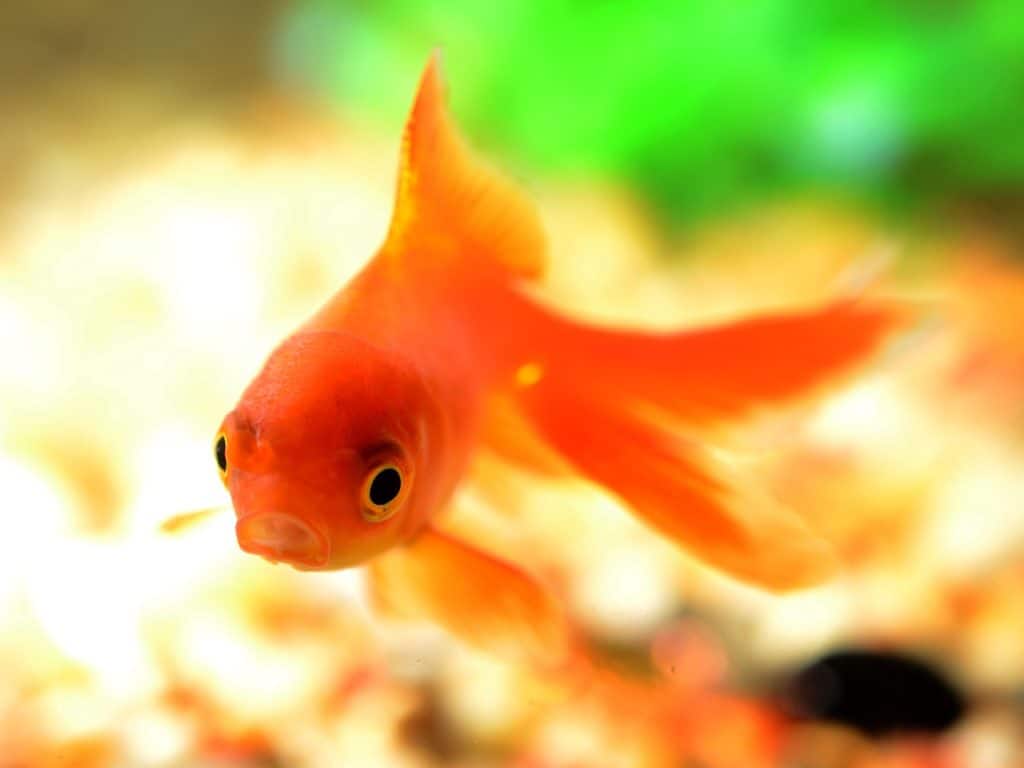Table of Contents
*This post may contain affiliate links. As an Amazon Associate we earn from qualifying purchases.
Creating an aquarium environment for pet fish can be a creative challenge, a great opportunity for connecting with other aquatic enthusiasts, and a relaxing addition to your home. Unfortunately, many fish keepers quickly learn that keeping aquarium fish healthy sometimes can prove a challenge. Dealing with fish diseases is a common challenge for the amateur aquarists.
If you keep pet fish, you’re likely to encounter one or more common fish diseases. Luckily, there’s plenty of information available for diagnosing and treating these diseases to help you keep your aquarium fish healthy.
How to Identify Fish Diseases
Image by Hung Diesel from Pixabay
When an aquarium fish is sick, the fish will display visible symptoms. When a fish’s behavior or appearance changes, disease may be present. Be proactive by observing your fish every day so you understand their typical behavior and can keep track of any changes in appearance.
Behavior Changes Signaling Illness
- Sluggishness
- Lying on the bottom of the tank
- Lingering at the top of the tank
- Moving fins without swimming
- Breathing slowly
- Hiding from other fish
Appearance Changes Signaling Illness
- Slime or mucus on the body
- Fading scale color
- Fading fin color
- Whitish color blotches
- Swelling
- Bulging eyes
- Sores
- Visible parasites
- Gaping or gasping gills
What to Do If You Notice a Problem
If you notice any of these symptoms in your fish, it’s likely your fish is suffering from a disease. Most fish diseases are contagious. If you think your fish is sick, remove it from its regular tank and place it in a quarantine “hospital” tank.
Hospital Tank
The hospital tank can be a simple plastic tank, but be sure to include a decorative plant or shelter so the fish can hide and feel safe. Use the same water in this hospital tank that you used in your main tank and keep the water at the same temperature.You may have to adjust the hospital tank’s water temperature later according to treatment instructions, but when you first put a sick fish in the hospital tank, keep the new environment as close as possible to the sick fish’s usual environment to avoid giving it any extra stress.No matter what disease your fish suffers from, you should plan on keeping it quarantined for at least 10 days. Keep the water temperature between 75 and 86 degrees Fahrenheit (or at the temperature recommended by your veterinarian).
Medicine
Fish diseases usually are treated through the fish’s water in two ways: either through drops added to the water in the fish’s hospital tank, or by immersing (“dipping” or “bathing”) the fish into concentrated amounts of medicine in separate containers.Many new fish owners will simply choose to put medicine in the fish’s hospital tank rather than following the dip or bath process. Putting your sick fish in a hospital tank makes this process easier and safer because your healthy fish don’t ingest the medicine.Dips and baths usually involve setting up a third tank or container for the fish. This container will have the same water from the hospital tank or main aquarium, but with the addition of aquarium salt.For a sick freshwater fish, exposure to salt can speed up the healing process. However, the correct amount of salt and the time the fish should stay in the salt-water solution varies by the fish species and by the condition. If you are new to fish keeping, ask an experienced fish hobbyist or expert to help you set up the dip or bath and monitor the fish while it is immersed in the treatment.
The 5 Most Common Fish Diseases
You might be dismayed the first time one of your fish becomes sick. However, remember that fish diseases are very common. By catching symptoms early, you can diagnose the disease and begin treatment.Freshwater aquarium fish are vulnerable to bacterial infections, parasitic infestation, and many other illnesses. However, some diseases are more common than others. Medicines are available at most hobby aquarist stores. Before purchasing a treatment for your fish, consult with a veterinarian, an aquarist, or an experienced hobbyist for the assurance you’re making the right selection.Five of the most common fish diseases include ich (also known as whitespot or ick), fungus, dropsy, fin rot, and parasites.
Ich
Ich is one of the most common fish diseases. Almost anyone who keeps freshwater pet fish is likely to encounter this disease at some point.
The disease is characterized by the raised white spots that appear on an infected fish. These spots can become itchy and affect the way a fish breathes, causing changes in behavior as the fish tries to find relief..
If your fish suffers from ich, you’ll notice the following symptoms:
- Raised white spots that resemble salt
- Fish scratching itself by rubbing on items in the tank
- Fish lingering at the top of the tank
Stress or changes in the fish’s environment make the fish susceptible to ich. The introduction of new fish into the tank or changes in water temperature or pH are other likely causes of this infection.Treatments specifically for ich are available at many pet shops and hobby aquarist stores. Be sure to follow the instructions on the package before adding the treatment to the tank.
Fungus
Many fish are vulnerable to developing fungal infections. You can recognize a fungal infection by the cotton-like, grayish-white splotches visible on your fish’s body. A fish that’s been injured or is recovering from another illness is more likely to get a fungal infection than other fish.A fungal infection in a fish can look disturbing. The fungus can grow anywhere on a fish’s body, but the face, mouth, and sides of the fish’s body are especially vulnerable. If fungus is not treated, it will literally eat away at the fish’s skin, killing it slowly.Fungal treatments are available to help clear up the infection. In the meantime, however, be sure to remove your infected fish from the main tank and quarantine it in the hospital tank.
Dropsy
Dropsy is a highly visible– and contagious–bacterial infection. It attacks the fish’s kidneys, causing renal failure.You’ll recognize dropsy in your fish by the following symptoms:
- Scales that stick out
- Swelling
- Pale gills
- Bulging eyes
- Lingering at the bottom of the tank
This infection can be treated with antibiotics. The common cause of dropsy is poor water quality. Stress and temperature changes in the water can also contribute to the infection. If one of your fish develops dropsy, it’s very important to clean your main tank and monitor the water quality consistently.
Fin Rot
Fin rot is a troubling fish disease that causes damage to the fish’s tail and fins. You’ll know your fish is suffering from fin rot if you see fraying and color loss in the fish’s fins and tail.This fish disease (also called mouth rot or tail rot) will grow progressively worse if untreated, eventually destroying the fish’s fins, tails, and other body parts.As a bacterial infection, fin rot can be treated with antibacterial medication. However, the most common cause of fin rot is aquarium overcrowding. If your fish shows symptoms of fin rot, you need to assess the situation in your aquarium. Are the fish fighting with each other? Are some fish bullying other fish? When a fish is “fin nipped” in a fight with another fish, the nipped fish is vulnerable to developing fin rot in the wounds.
Parasites
Several parasites will attach to fish, weakening the fish’s immune system and making it vulnerable to further injury and illness.Some of the most common parasites include:
- Body flukes
- Gill mites
- Gill flukes
- Anchor worms
- Lice
Because aquarium fish are vulnerable to such a variety of parasites, there are many symptoms of parasitic infestation.
- Itchiness (the fish scratches on different surfaces in the tank)
- A slimy substance on the body
- Sores or lesions
- Inflamed gills
- Rapid breathing
- Surface breathing
In a severe parasite infestation, you’re likely to see the parasites on the fish’s body with your naked eye. You may notice tiny worms or crablike creatures on your fish.Several parasites are especially attracted to the gills. Gill flukes and gill mites will cause the fish’s gills to appear open at all times or inflamed. Without treatment, these parasites will completely destroy the fish’s delicate gills, leading to death.Aquarium fish can become infected with parasites when new fish are introduced to the tank. Fish that have lived outdoors and are brought indoors often carry parasites with them.Treatment for parasites differs from treatment for other fish diseases. Medications such as praziquantel, potassium permanganate or an antiseptic may be used if advised by a vet or knowledgeable aquarist. Depending on the parasite, some pet fish owners will remove the creatures by hand using tweezers.
How to Prevent Fish Diseases
Image by Free-Photos from Pixabay
You must quarantine your sick fish in a hospital tank and treat it according to instructions provided by your local veterinarian, aquarist, or experienced freshwater fish hobbyist. However, quarantining and providing medical treatment to your fish is not the only responsibility you have to take on after a fish gets sick.When a fish disease develops in your aquarium, it’s time to assess your entire aquarium set-up. Use your fish’s illness as an opportunity to review what you know about your fish, conduct research to fill in any gaps, and make any necessary improvements to your aquarium.
Know Your Aquarium
Many freshwater fish hobbyists enjoy researching different species of fish and becoming familiar with each species’ quirks before adding the fish to their aquarium. The average pet fish owner, though, is less likely to have a precise knowledge of every common freshwater aquarium fish.If a fish gets sick in your tank, assess the tank’s health. Consider the following questions:
- 1Do you check your tank’s water quality regularly?
- 2Is the water in the tank the ideal pH for the type of fish inside?
- 3Is the water temperature appropriate for your fish?
- 4Are ammonia, nitrates, and other elements present in amounts appropriate for your type of fish?
- 5Is your filter (and other equipment) in good condition?
Next, consider any recent changes in the tank:
- 1Have you bought a new fish recently?
- 2Have you switched to a new brand of fish food or started feeding your fish irregularly?
- 3Have you added any new equipment or decorations to the fish tank?
Review the needs for the types of fish in your tank. Some species require different water quality components than other species. Some species can live together peacefully, while others may fight, increasing the likelihood of stress and wounds, which can lead to fish diseases.Finally, no matter what type of disease affects your fish, you must clean your main aquarium thoroughly. This is essential for some types of diseases (such as parasite infestation or dropsy), but it’s always a good idea do a thorough cleaning after a fish comes down with an illness.
Conclusion
The best fish disease prevention is precaution: when bringing a new fish into your home, keep it in a quarantine tank for a minimum of two weeks. While the idea of adding your new fish to your aquarium right away can be exciting, patience is required. Without a thorough quarantine, all the fish in your aquarium could become endangered.Freshwater aquariums are popular hobbies for many reasons. People enjoy creating environments for their fish, caring for these fascinating aquatic creatures, building community with other fish enthusiasts, and enjoying the calm that comes from watching fish swim in a soothing aquarium.However, fish–like all living creatures–are vulnerable to illness. Be proactive by observing your fish daily, keeping your tank clean, and quarantining new fish. While there’s no way to completely prevent fish diseases, there are many actions you can take to minimize the risk.




